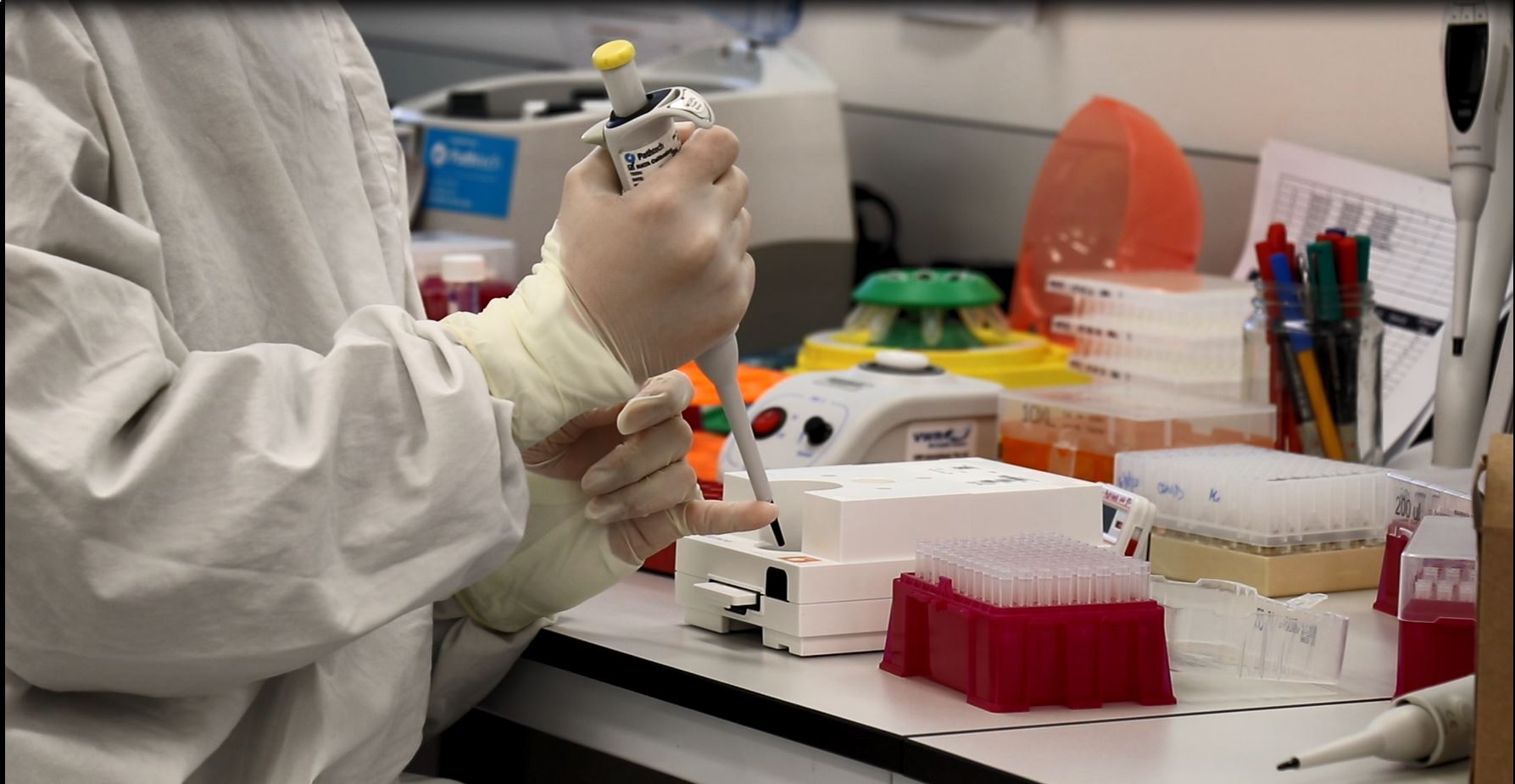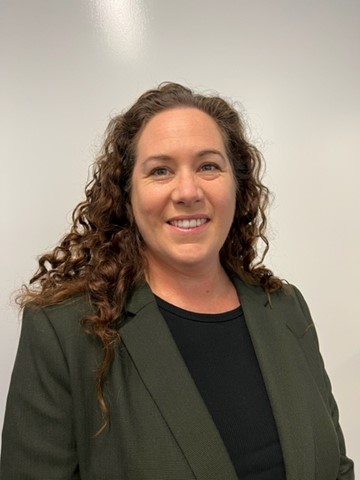Media Resources & Contact
In this story

NSW Health Pathology is a national leader in genome sequencing and its expertise came to the fore during the COVID-19 pandemic. Within two weeks our Westmead laboratory had developed an in-house whole genome sequencing process for the COVID-19 virus.
When the coronavirus SARS-CoV‑2 first landed on Australian shores in January 2020, it carried with it a genetic passport.
Each case of the virus had its own passport with a genetic stamp showing how the nucleotides inside it were ordered.
As with many viruses, as SARS-CoV‑2 spread it evolved and mutated, changing the type and ordering of these nucleotides ever so slightly.
This may sound sinister, but it is in fact a very useful development.
Understanding how the virus was spreading was going to be key to its containment. Professor Vitali Sintchenko, lead pathologist for the Microbial Genomics Laboratory at NSW Health Pathology’s ICPMR-Westmead, describes nucleotides within an RNA genome as the building blocks of a virus.
“In order to understand transmission pathways of the pathogen, you must first understand the order of these building blocks. You can then identify any presence or absence of changes in the building blocks,” Prof Sintchenko said.
“With whole genome sequencing we capture the sequence of these building blocks very accurately and we employ complex instruments to do it quickly and in high volumes.
“Rapid sequencing techniques allow us to gain a whole genome wide view of the pathogen very quickly and predict or understand behaviours of the virus.
“When we look at nucleotides, we can identify with high accuracy any variance within the virus genetic sequence.
“We compare viruses from patients at different stages of the disease or with a different history of disease and look for potential relationships between cases.
“From this we can infer, from genomic data, potential transmission patterns or pathways that can help track how it has spread through a community and beyond,” Prof Sintchenko said.
Through whole genome sequencing, experts can match new cases to clusters, or identify the origin of, and relationships between COVID-19 cases, providing a deeper understanding of the spread of the disease.
Whole genome sequencing offers another line of evidence to support contact tracing by filling in gaps where people have not or cannot provide all necessary details to help trace the source.
Within two weeks NSW Heath Pathology’s Westmead laboratory had developed an in-house whole genome sequencing process for the COVID-19 virus, in collaboration with academics from the University of Sydney, soon followed by NSW Health Pathology’s laboratories at Randwick.
In eight months, the team at Westmead successfully sequenced more than 1,000 cases and discovered 51 genomic clusters.
Sequences are also uploaded to an international virus sequence database to assist epidemiologists and researchers around the world.
Prof Sintchenko says the application of whole genome sequencing to the investigation of COVID-19 has been transformational and the number of genomes uploaded to the international database has been unprecedented.
“NSW Health Pathology is a national leader in genome sequencing, and we have made a significant contribution to data sharing to international research teams,” Prof Sintchenko said.
“We have very well-developed translational research collaboration between clinicians, scientists and researchers that has enabled us to achieve what we have in a very short timeframe.”
NSW Health Pathology continues to work closely with Health Protection NSW, providing whole genome sequencing data and reporting to support their centralised contact tracing and epidemiology teams.
This work is critical to identify people at risk of COVID-19 and minimise further spread of the virus in the community and among the most vulnerable.
“The evolution and spread of the virus around the globe and in Australia is fascinating but complex,” Prof Sintchenko said.
“It is like detective work, and we are part of the NSW Health COVID-19 response team.”


